Donald Trump: Six things new US President has done in his first days in the Oval Office
From abortion to climate change, here are the most controversial things the new President has done in just a week in the Oval Office
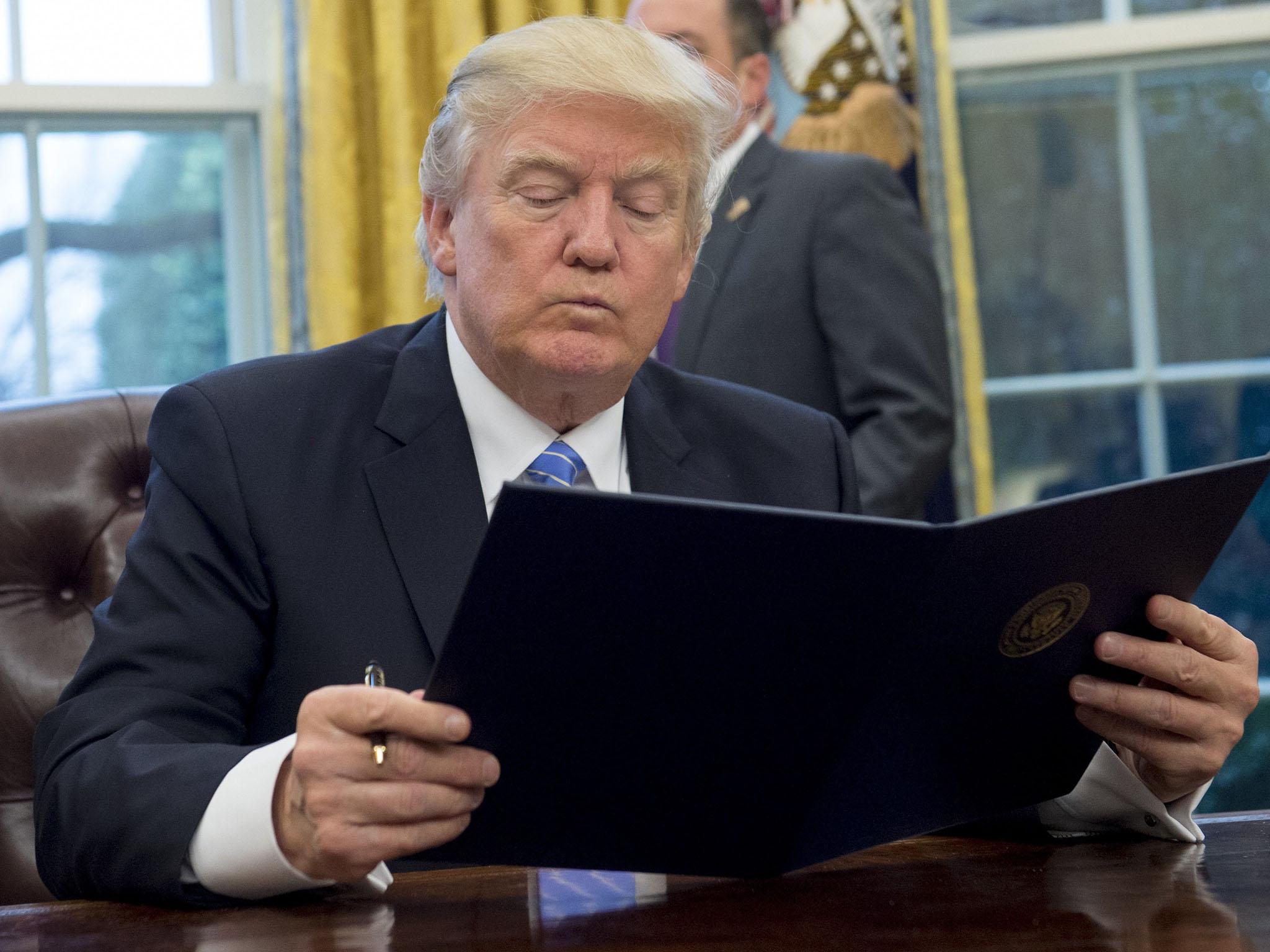
Your support helps us to tell the story
From reproductive rights to climate change to Big Tech, The Independent is on the ground when the story is developing. Whether it's investigating the financials of Elon Musk's pro-Trump PAC or producing our latest documentary, 'The A Word', which shines a light on the American women fighting for reproductive rights, we know how important it is to parse out the facts from the messaging.
At such a critical moment in US history, we need reporters on the ground. Your donation allows us to keep sending journalists to speak to both sides of the story.
The Independent is trusted by Americans across the entire political spectrum. And unlike many other quality news outlets, we choose not to lock Americans out of our reporting and analysis with paywalls. We believe quality journalism should be available to everyone, paid for by those who can afford it.
Your support makes all the difference.Donald Trump has been in office for less than a week but has already signed a raft of controversial executive orders on everything from abortion to the environment.
The former reality star made few concrete promises on the campaign, aside from the pledge to build a wall on the border with Mexico and “draining the swamp" - a reference to turning his back on lobbyists and the Washington political establishment.
As a result, some commentators have suggested his rhetoric may be tempered now he is president.
Here are some of the things he has done in his first few days in office:
Abortion
The rule, known as the Mexico City Policy, prohibits US aid from going to any charity working abroad which offers abortion or contraception services.
While it is not new, having being first signed by Ronald Reagan in 1984, it was rescinded during both Bill Clinton and Barack Obama’s administrations, although George W Bush reinstated it during his eight-years in office.
However, this time the rule goes much further as it also threatens funding for HIV/Aids prevention and treatment, some domestic violence programmes, maternal and child health, nutrition and the fight against several infectious diseases including malaria, TB and certain tropical diseases.
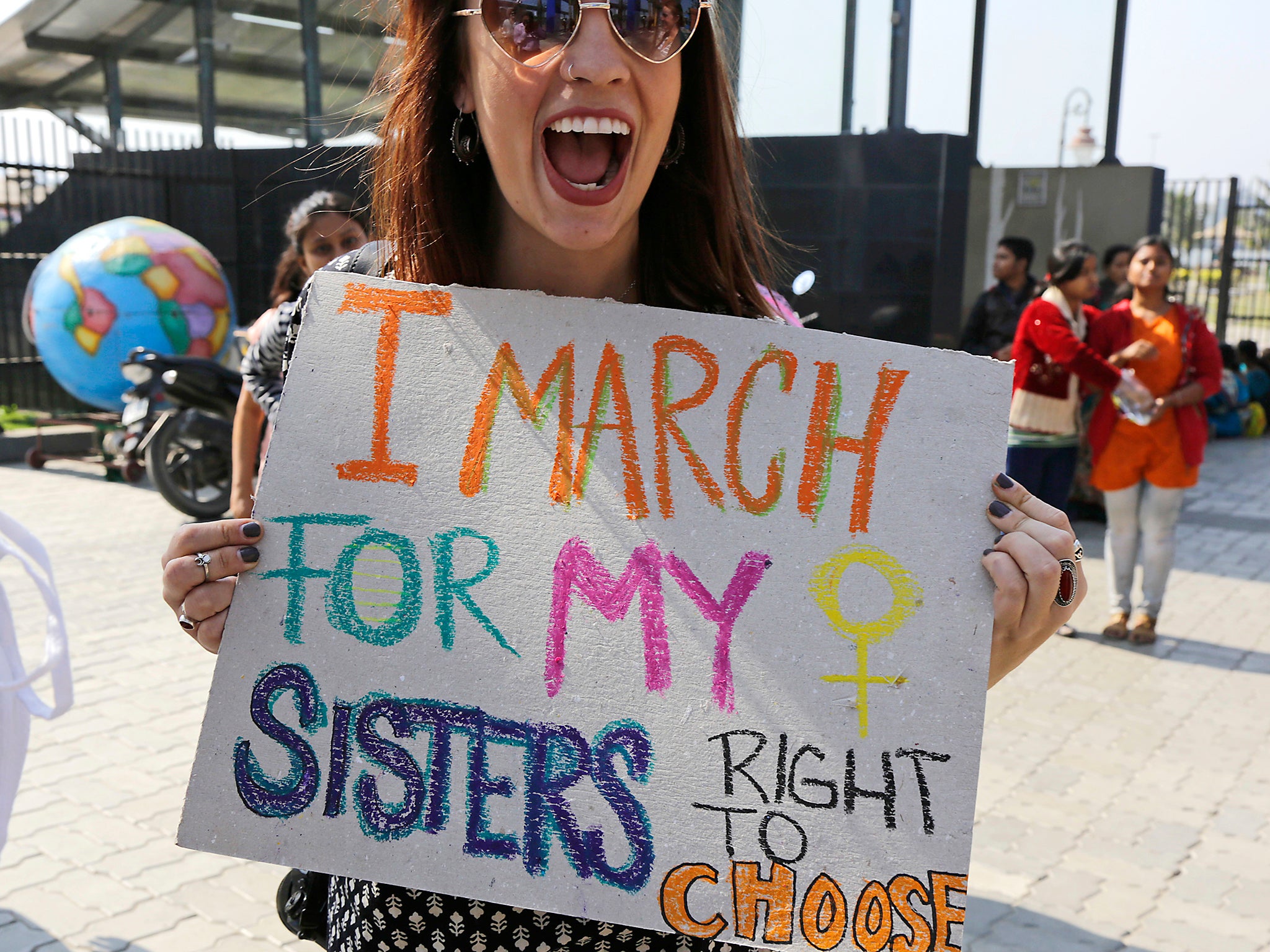
The order has been condemned by health groups who said it was an “assault on women’s health” which is likely to increase the rate of abortions in developing countries.
Marie Stopes International, an non-government-organisation (NGO) that lobbies in favour of abortion and provides a variety of family planning services in both the UK and abroad, estimates this could lead to the death of 21,000 women.
Although the order does not affect women in the US, the order is a signal that Mr Trump plans to follow through on campaign promises to restrict abortion access.
Environment
Mr Trump has also revived two controversial oil pipelines, the Keystone XL pipeline between the US and Canada and the Dakota Access Pipeline (DAP), which has been the subject of months of protests by environmentalists and the Standing Rock Sioux Tribe.
Both were vetoed by President Obama.
Nearly 1,200 miles long, the $3.7bn (£2.8bn) DAP is set to transport some 470,000 barrels of crude oil a day across four states, from North Dakota to a terminal in Illinois, where it can be shipped to refineries.
But while most of it has been built, the section closest to the Standing Rock Sioux reservation has been bitterly disputed.
Although the construction sites are technically just north of the tribe's reservation, The Sioux says the (DAP) will threaten their “way of life, water, people and land”.
It has also raised concerns about the damage to their sacred sites and culturally important landscapes.
The tribe has also claim that the government took the land from them illegally in a series of treaties in the 1850s and 1860s.
It has also accused the current government of approving pipeline construction without consulting them, a requirement under US law.
The Trump Administration has also told the Environment Protection Agency (EPA) to suspend all grants to fund education, research and pollution monitoring ahead of the President’s pick for EPA chief, Scott Pruitt, being confirmed by the Senate.
But the administration has gone a step further by banning the agency, along with the Departments of Agriculture and Health and Human Services, from talking to the press or updating social media.
The Department of the Interior was also told to stop using its official Twitter accounts after the National Parks Service tweeted climate change facts in defiance of Mr Trump.
Obamacare
Mr Trump signed an order which directs federal agencies to start easing the “regulatory burdens” of the The Patient Protection and Affordable Care Act, known as Obamacare.
While it suffered with teething problems, the act aimed to extend health insurance coverage to some of the estimated 15 per cent of the US population who lack it.
Those people received no coverage from their employers and were not covered by US health programmes for the poor and elderly.
The law required all Americans to have health insurance, but offered subsidies to make coverage more affordable. It also required businesses with more than 50 full-time employees to offer health insurance.
It also banned insurance companies from denying health coverage to people with pre-existing health conditions, allowed young people to remain on their parents' plans until age 26, and expanded eligibility for the government-run Medicaid health programme for the poor.
But Mr Trump's order requires agencies “waive, defer, grant exemptions from, or delay the implementation of any provision or requirement” of the healthcare law that imposes a “fiscal burden on any State or a cost, fee, tax, penalty, or regulatory burden on individuals, families, healthcare providers, health insurers, patients, recipients of healthcare services, purchasers of health insurance, or makers of medical devices, products, or medications.”
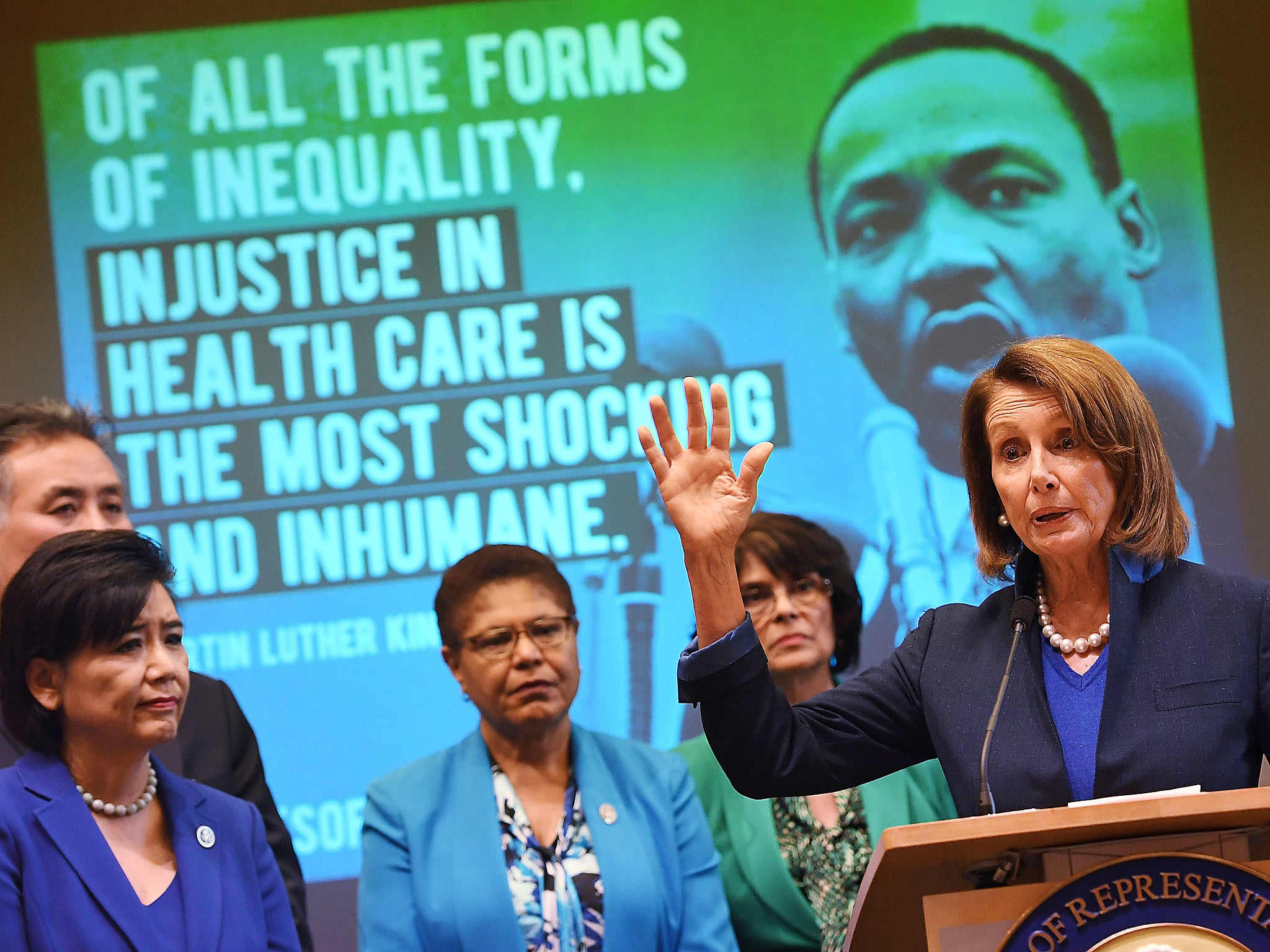
This does not repeal the act completely, as it was passed by Congress and Mr Trump does not have the power to undo it by executive order.
But it has the potential to do enough to destabilise funding for the scheme so it has to be repealed.
Trade
Mr Trump has signed a notice saying the US will be withdrawing from the Trans-Pacific Partnership (TPP) trade deal with 11 other Pacific countries.
He called it “a great thing for the American worker” but the gesture was largely symbolic as the move as it was unlikely to have ever been approved by the House of Representatives because of its unpopularity with the public.
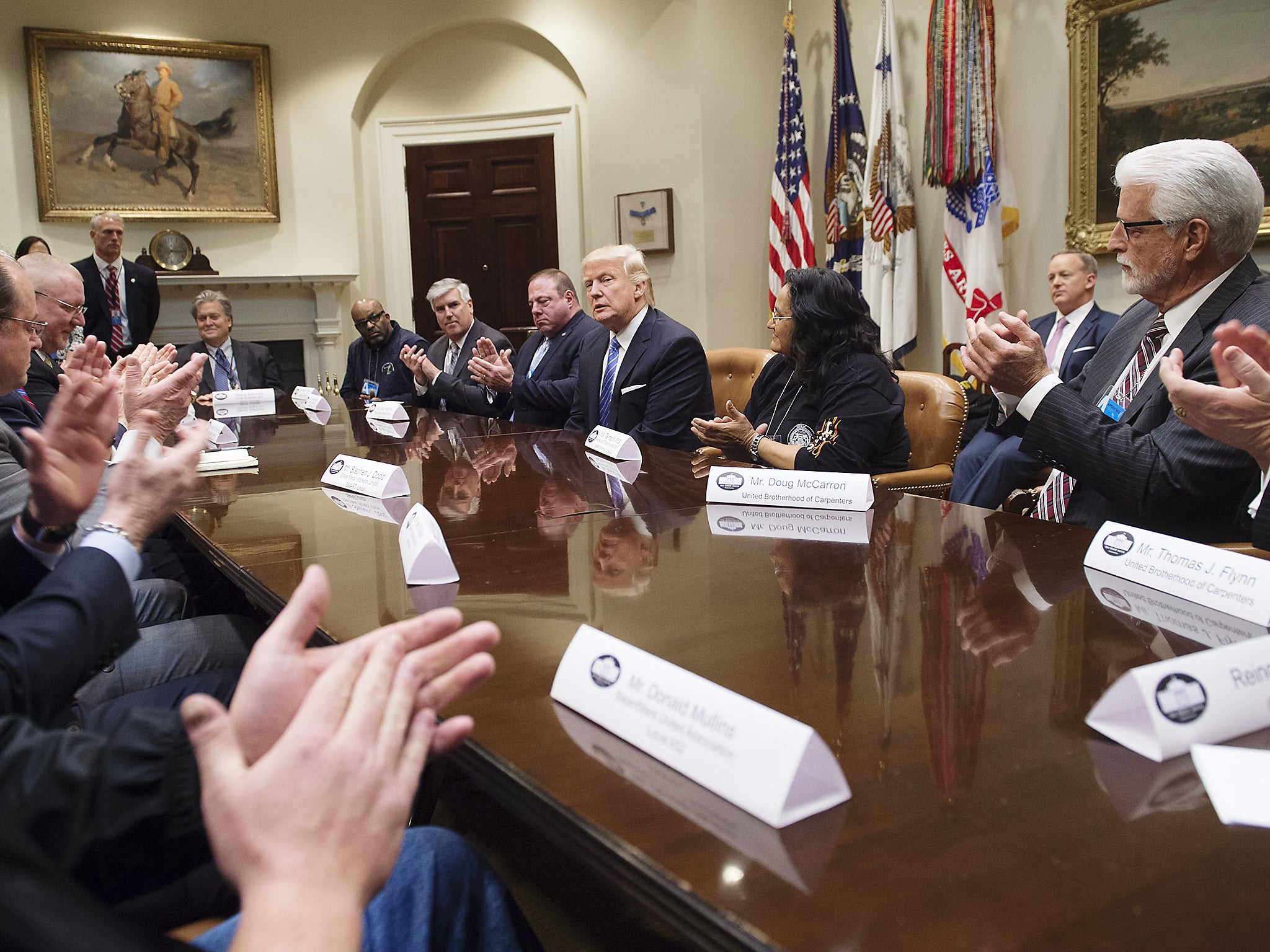
More crucially he signed a separate executive order signalling his intention to renegotiate the terms of the North American Free Trade Agreement (Nafta) between the US, Canada and Mexico.
He has criticised it for allowing US jobs to flow abroad and even threatened to abandon it altogether – but his critics say the deal supports millions of US jobs which depend on exports.
Federal Government Freeze
One of Mr Trump’s first orders froze the hiring of federal government workers with the exception to national security employees.
It is not known whether the move is temporary or permanent but White House Press Secretary Sean Spicer, said the creation of new jobs would only be allowed if they were to meet “national or public security responsibilities”.

He said the move was to counter the “dramatic expansion of the federal workforce in recent years” – even though official data from the US Bureau of Labor Statistics shows the number of federal employees only rose three per cent between 2014 and 2016.
The move is likely to be popular with Mr Trump’s supporters who want him to “drain the swamp” of corruption and special interests in Washington DC.
War with the press
While not exactly a policy, Mr Trump complained bitterly about media coverage throughout the election and that has continued after he entered office.
Although his administration is unlikely to make any legal moves against news outlets, Mr Trump’s Press Secretary, Sean Spicer, has not appeared in a conciliatory mood in his first press briefing.
Mr Trump said they had deliberately downplayed the number of people who had come out to see the inauguration in Washington DC on Friday.
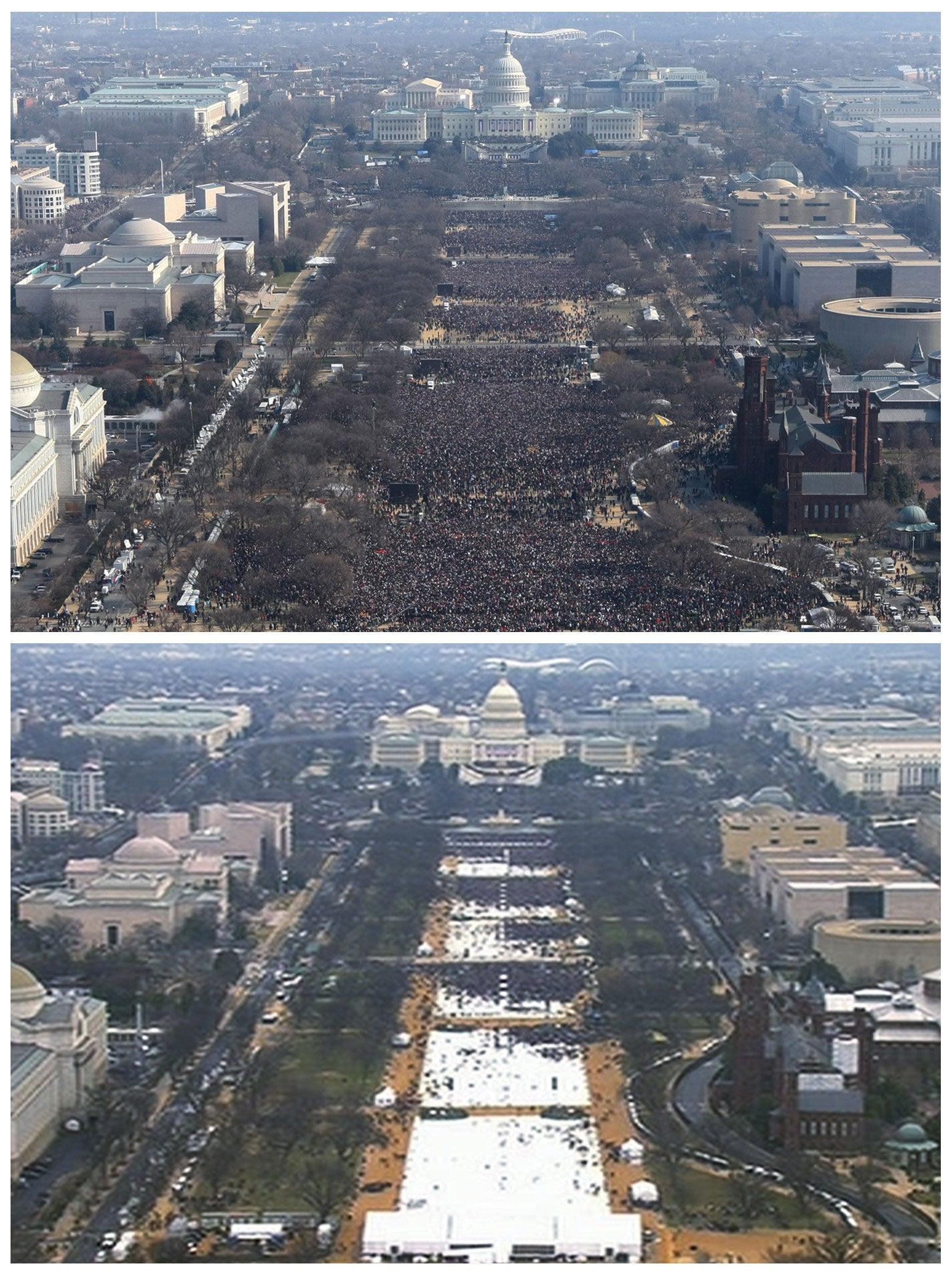
Several news outlets, including The Independent, published photographs comparing the size of the crowd at Mr Trump’s inauguration with that of Mr Obama’s in 2009.
The photos, seen side by side, show a much denser crowd at Mr Obama’s inauguration – with the crowd noticeably thinning as it extends further back along Washington DC's National Mall in the Trump photograph.
But Mr Spicer insisted the inauguration was the “most watched ever” and accused the media of lying.
He also warned that the administration would hold the press “to account”.
White House Chief of Staff Reince Priebus later defended Mr Spicer saying the purpose of the press conference was to call out the “dishonesty in the media” and their “obsession with delegitimising the President”.
Join our commenting forum
Join thought-provoking conversations, follow other Independent readers and see their replies
Comments